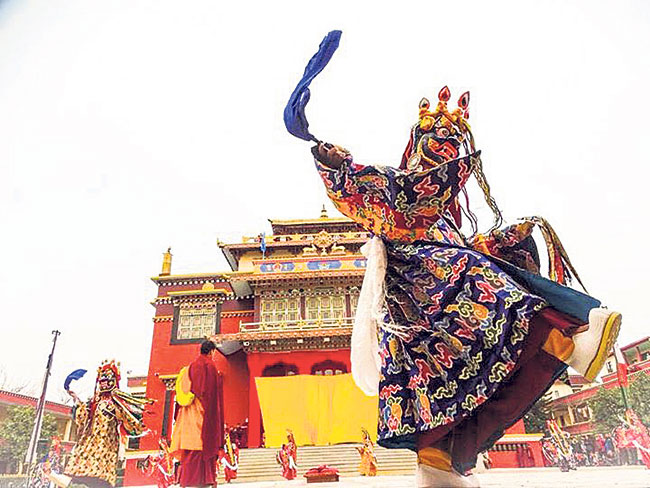
The Sherpa community residing in Nepal, Tibet as well as other neighboring Asian countries is celebrating Gyalpo Losar today. Gyalpo Losar also marks the beginning of a new year.
Losar is derived from two words Lo meaning year and Sar meaning new. This year, 2147 as per the Tibetan calendar, is the year of the male iron mouse/rat.
Losar is celebrated in Nepal mostly by Sherpa, Tibetan, Tamang, Bhutia and Yolmo communities. Gyalpo Losar, specifically, is the celebration of the Tibetan new year.
According to folklore, Losar was first celebrated when an old woman named Belma who introduced the measurement of time based on the phases of the moon. In ancient times, people went to the local spring to perform rituals of gratitude.
Offerings were made to the Nagas, or water spirits, who activated the water element in the area, and smoke offerings were made to the local spirits associated with the natural world. These rituals took place for an entire month leading up to new year’s day.
Losar celebration typically lasts two weeks with traditional food, family and festivities. Preparation of Losar begins by making special Sherpa snack – Khapse, a deep-fried pastry commonly eaten during the Losar, symbolizing the start of holiday celebrations.
Two days before the Losar, everyone in a Sherpa family gathers and enjoys a special soup called Guthuk. Prepared with a combination of nine different kinds of beans, tradition states that each member in the family should have nine bowls of this soup.
Guthuk is also served with special type of dumpling, which contains various hidden objects used in the place of fillings. The hidden items are wood, salt, or even coal and are meant to relate to the character of the person they are chosen for.





